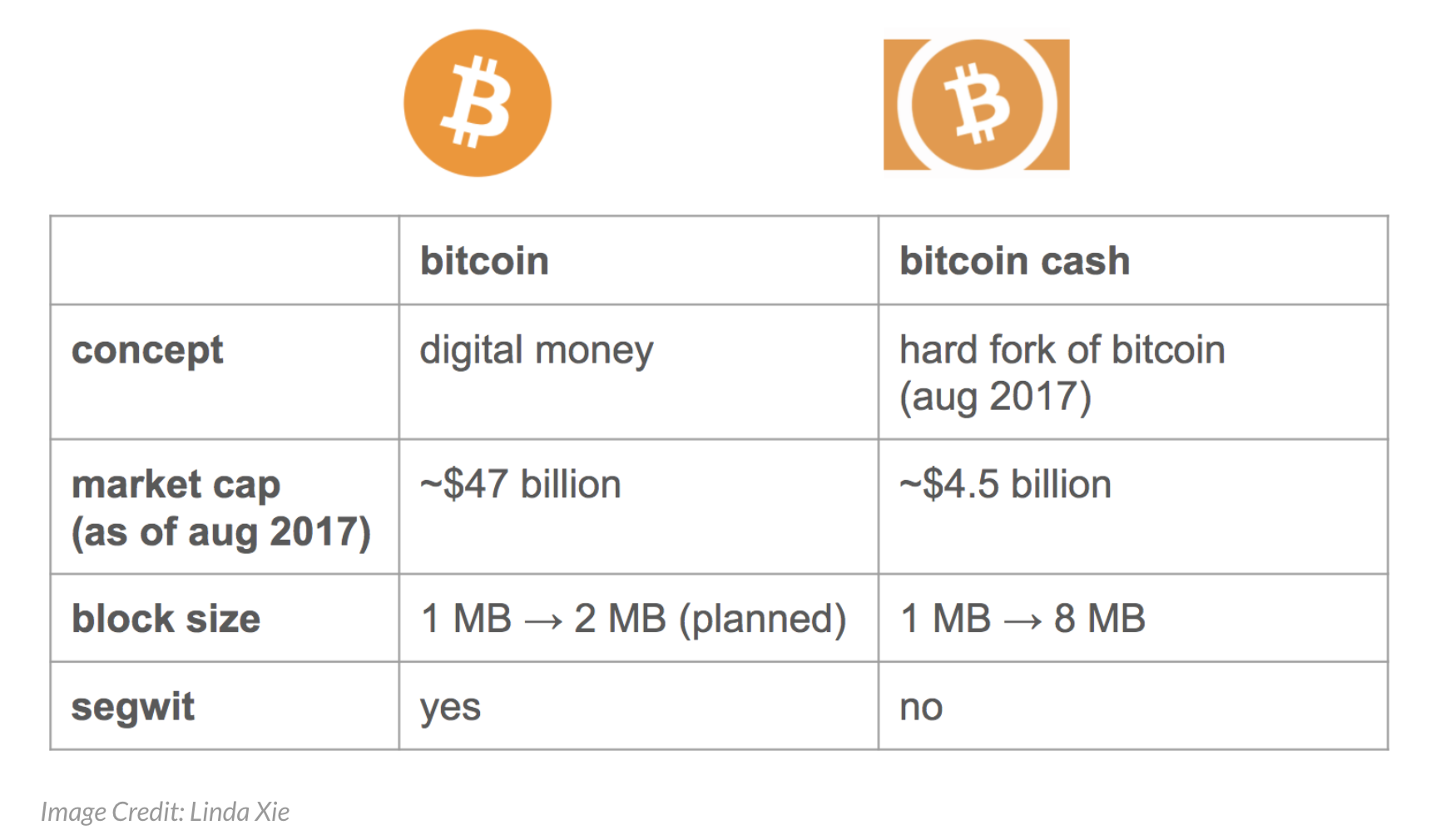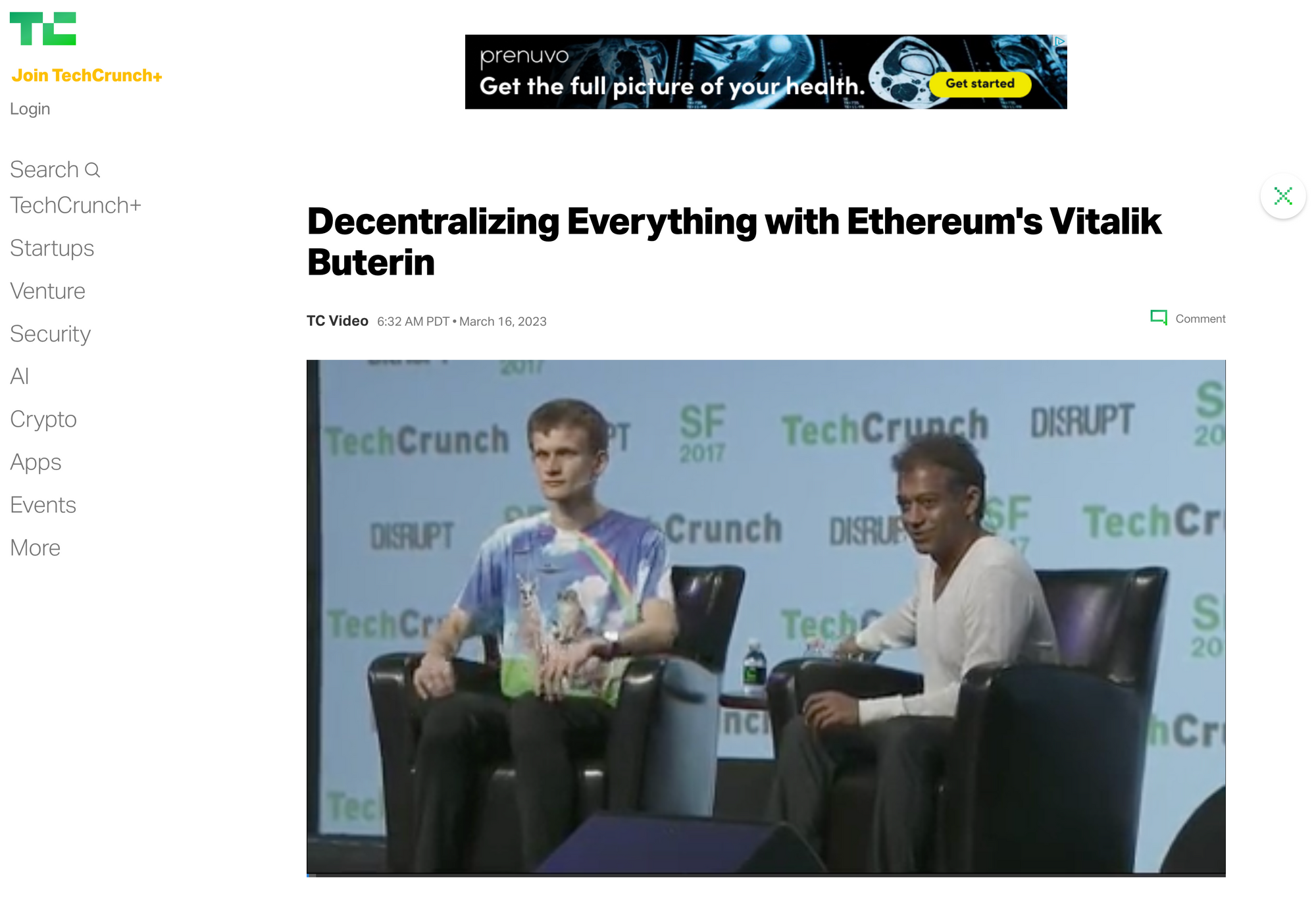"Love me or hate me, but whatever you do – just don't like me"
Every strong and focused brand, just like every strong and focused person, creates a love-hate dynamic. In fact, the better you are at creating a strong, clear brand position, the more likely you are to find a group of people who really don’t like you.
The goal is to engender fierce and loyal emotion from the market. A dull existence equates to a weak brand. The quickest path towards a weak brand is by falling into what's known as the everything trap: being all things to all people. If you are willing to be anything to anybody—to surrender your identity and your individuality—no one will have strong feelings about you either way. You simply won't matter.
Effective positions polarize.
Trump
Love him or hate him, Donald Trump knows a thing or two about positioning. He's unafraid to take positions that illicit strong emotions, such as shock and awe. The Muslim ban, "the wall" on the border, "crooked-Hillary" all position him for high-visibility and word of mouth. These provocative positions create both love and hate from the audience.
Compare him to the more timid John McCain, who when asked about Obama's background, responded with "he's a good, family man". McCain lost 2008. Trump won 2016. I'd argue that these two outcomes are largely the result brand communications.
Why polarize?
A polarizing position in the market can have a number of benefits:
- Increased brand visibility: A polarizing position can help a brand stand out in a crowded and saturated market. By taking a bold stance on an issue or adopting a controversial position, a brand can generate a lot of attention and word-of-mouth.
- Stronger brand identity: A polarizing position can help a brand differentiate itself from its competitors and establish a unique identity. By taking a clear and consistent stance on an issue, a brand can attract developers and users who share its values and beliefs.
- Deeper brand loyalty: A polarizing position can help a brand build a dedicated fan base who are passionate about its technology. By taking a bold stance on an issue, a brand can attract those who feel a strong emotional connection to the brand and are more likely to stick with it over the long term.
- Higher brand status: A polarizing position can help a brand command a premium position. By taking a bold stance on an issue, a brand can position itself as a leader in its industry and create a perception of high quality and exclusivity.
Maximalism
Crypto has its fair share of polarizing projects that have generated significant controversy and debate among the community. Bitcoin is the first and most well-known cryptocurrency, but it is also one of the most polarizing. Ethereum has been both praised for its innovative features and criticized for its scalability issues and environmental impact. Even Dogecoin has gained a cult following among some crypto enthusiasts, while alienating others.
I'd argue that polarizing positions can be extremely effective in crypto, compared to other industries. The emotions run so high to the point where some protocols feel like religions. To me, the existence of the term "maxi" says it all.
Past polarizations
Looking back, we've seen brands leverage polarizing positions for marketing advantage.
- Ripple's "The XRP Army" campaign: In 2018, Ripple launched a marketing campaign aimed at rallying its supporters, who are known as the "XRP Army." The campaign sparked controversy, with some people accusing Ripple of promoting a cult-like mentality among its supporters.

2. Bitcoin Cash's "Bitcoin, Reimagined" campaign: In 2018, Bitcoin Cash launched a marketing campaign that claimed to be the "real" Bitcoin, positioning itself as a more scalable and user-friendly version of the cryptocurrency. The campaign was polarizing, with some people embracing Bitcoin Cash's vision for the future of the industry, while others accused it of attempting to usurp the original Bitcoin's brand and identity.

3. Ethereum's "Decentralize Everything" campaign: In 2019, Ethereum launched a marketing campaign with the tagline "Decentralize Everything," which emphasized the platform's commitment to decentralization. The campaign was polarizing, with some people praising Ethereum's vision for the future, while others criticized it for being too idealistic and unrealistic.

Heads of state
One of the ways that you can increase the polarization of the center brand is via the leadership, or "heads of state" of the project. Why? Because people follow people, not brands.
Think of the brand voice of Emin Gün Sirer of Avalanche, with the way he dunks-on people publicly. Many view him as the Trump of crypto.
Some people love Emin, others hate him.
How could anyone believe something so ridiculous as the conspiracy theory nonsense on Cryptoleaks? We would never engage in the unlawful, unethical and just plain wrong behavior claimed in these self-serving videos and inflammatory article. Our tech & team speak for themselves.
— Emin Gün Sirer🔺 (@el33th4xor) August 28, 2022
Or consider Ethereum's Vitalik Buterin, whose personal beliefs and stances on a range of social and political issues stir controversy, as well as his decision to hard fork after the DAO hack.
Some people love Vitalik, others hate him.
The leaders of a project have a way of whiplashing emotions throughout the market, in a way the center brand can't.
No-neutrality
Embracing polarization is beneficial, while attempting to remain neutral and compromise is always unfavorable. Brands, like individuals, are characterized not only by their associations, but also by those they choose to disassociate from. To me, the essence of an effective brand is to be loved and hated by the market at the same time.
Be true to who and what you are.

